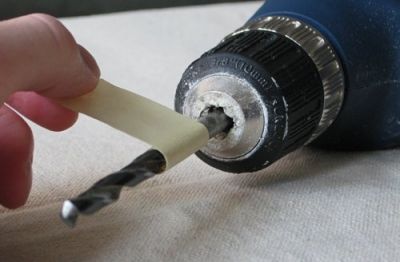Re: What boat is this?
Re: What boat is this?
This pix:
Shows 2 thru hull fittings the lower right one is the drain plug, what is the upper left one next to the fish/depth finder transducer? Does it come thru above the deck on the inside? It looks fairly low to be above the deck, but it appears to have daylight shining thru it.... And it definitely looks too small for a drain plug...
Some of the areas of keel damage & this pix:
Suggest that there needs to be some indepth inspection of the below deck structures & fiberglass integrity. That looks like a lot of fairly substantial cracks for an interior finished surface... Stress, hull flex, water damage can all increase the sizes & amounts of cracking. It may not be as bad as it looks, the rust staining (from exposure to salt water I suspect) certainly may be making the cracks appear worse then they really are.......
If you can gain access to the areas below decks W/out cutting thru the deck, even if you can't see under it, you might be able to reach thru w/ your hand & feel around.
Getting a thorough marine survey from a professional inspector or a qualified marine repair pro would probably be a good idea if you don't want to cut into the boat yourself for an inspection. But they are only making educated assumptions if they can see below decks either. If for any reason you get a feeling or an indication that something is amiss w/ the repair estimate, get multiple estimates. If it sounds like they will be doing a lot of work, and are very inexpensive, you may not want to trust them w/ your boat. Many threads have mentioned paying for moderate to extensive work and finding the work & workmanship were less then they had been lead to believe would occur.
Core sampling the transom may help you decide how to proceed as well. From the inside, drill some 1"+/- deep, 1/4" holes into a few random areas of the transom, high/low/near the motor thru bolts/port & starboard. You DO NOT want to drill completely thru the transom, so mark your drill bit for 1-1 1/4" and only drill that fair in, from the INSIDE.
Generally: Dry light colored shavings are what you want to see. Dark, dry shavings indicate that water has penetrated the hull, and the transom has gotten wet, but it is not yet rotted. Wet, dark shavings are an indication that your transom now resembles mulch, like the pix of the broken transom I posted above....
The knock/knuckle/hammer test is not always 100% accurate either...
I will take all the flak the pix posting gets me

Thanks,
BTW: great pix & there is a 6 pix limit per post, including the smileys

















